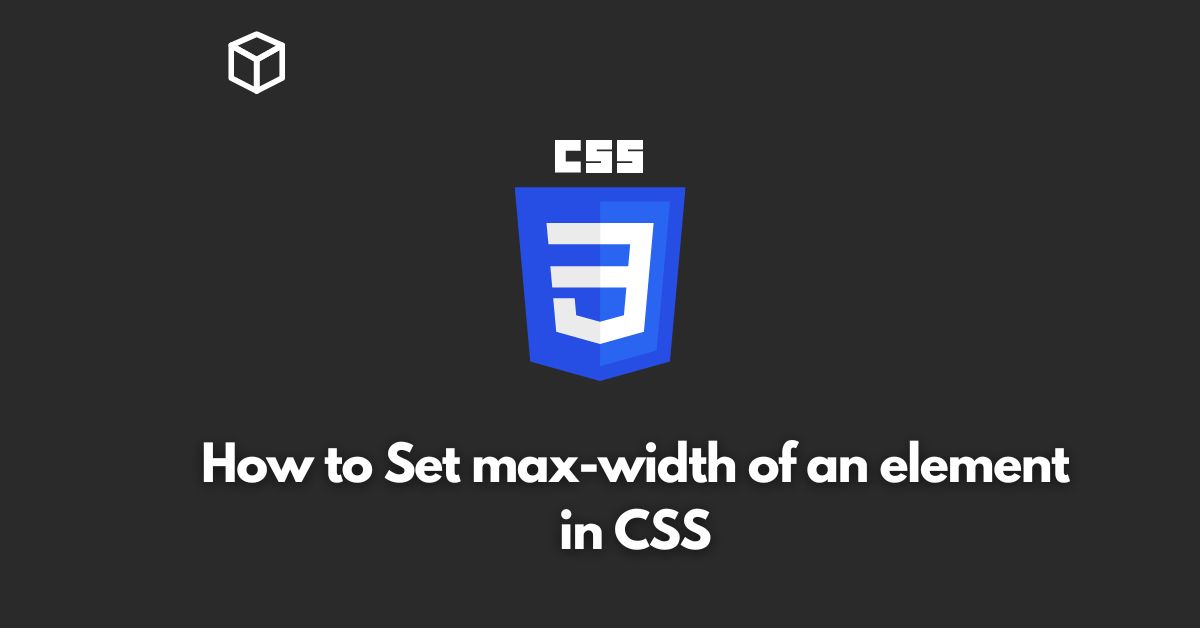As a web developer or designer, you’re probably familiar with the importance of responsive design.
With more and more users accessing the web on mobile devices, it’s crucial to ensure that your website looks and functions well on any screen size.
One of the key tools in achieving this is the max-width property in CSS.
In this CSS tutorial, we’ll take a closer look at what max-width is and how it can be used to create responsive designs.
We’ll also provide some code examples to help you get started.
What is max-width in CSS?
In simple terms, max-width is a CSS property that sets the maximum width of an element.
This means that the element will never be wider than the specified value, regardless of the size of the screen or the size of the element’s content.
For example, you might use max-width to set the width of an image to be no wider than the width of its container.
This will prevent the image from becoming too large on larger screens, while still allowing it to scale down on smaller screens.
Why is max-width important for responsive design?
Max-width is an essential tool for creating responsive designs because it allows you to set limits on the size of elements, ensuring that they don’t become too large on larger screens.
This helps to maintain a consistent layout and user experience across all devices.
In addition, max-width can be used in combination with other responsive design techniques, such as media queries, to create more complex and flexible layouts.
For example, you might use a media query to change the max-width of an element based on the screen size.
Code Examples
Here are a few examples of how you might use max-width in your CSS:
img {
max-width: 100%;
}This code will set the maximum width of all images on the page to be 100% of the width of their containing element.
This is useful for ensuring that images don’t become too large on larger screens.
@media (min-width: 768px) {
.container {
max-width: 600px;
}
}This code uses a media query to change the max-width of the .container element to 600px when the screen width is at least 768px.
This can be used to create more complex and flexible layouts that adapt to different screen sizes.
box {
max-width: 300px;
margin: 0 auto;
}This code sets the maximum width of .box to 300px and centers it on the screen.
Max-width is a powerful tool that can be used to create responsive designs that look and function well on any screen size.
By setting limits on the size of elements, you can ensure that your website maintains a consistent layout and user experience across all devices.
In conclusion, max-width is a key component of responsive web design, and it is a great way to control the width of elements that you want to adapt to different screen sizes, with the use of max-width and media queries, you can create more complex and flexible layouts that look great on any device.
This CSS tutorial is written by a tech blogger, programmer, software developer or technical writer, and it is based on the topic of “how to set max-width of an element in CSS”, with the aim to inform and educate on the importance of responsive design and the use of max-width property in CSS.




